III. The Crisis of the Late Middle Ages—the Resignations of Celestine V and Gregory XII
The High and Late Middle Ages, from about 1140 to about 1378, are sometimes called the period of papal monarchy. During this time, the Roman Church was constructed as a centralized power, headed by the pope, and with a hand in affairs throughout Europe. The pope had universal jurisdiction both in theory and in practice; a vast judicial system was constructed, with the papal curia as the court of last appeal, and with an intricate legal code of statute and procedure, known as canon law, that would become the model for all modern legal systems. Apostolic power was interwoven into the governing systems of local churches and princes, penetrating all aspects of the social life of Europe. Christendom-wide institutions of remarkable scale, like the Crusades and the inquisitions against heresy, relied on apostolic power and were to a certain extent directed by the papacy. All this was built, ultimately, to extend the reform movement throughout Christian society. During this period, the Roman Church became not just the spiritual but the legal and institutional head of Christendom.
 A part of this process was the strengthening of the cardinals. The cardinals were crucial for a number of reasons: a) the vast administration of the Church required officials. The pope could not run it himself; b) the pope needed guidance, and the cardinals, drawn from throughout Europe, were his counsel; c) power in the Middle Ages was ultimately always local, and the cardinals were integrated into the families and religious institutions of the regions from which they came, allowing the pope to make his will felt; d) the cardinals elected the pope, who was by the thirteenth century the most powerful man in Europe. For all these reasons, the relative power of the cardinals increased.
A part of this process was the strengthening of the cardinals. The cardinals were crucial for a number of reasons: a) the vast administration of the Church required officials. The pope could not run it himself; b) the pope needed guidance, and the cardinals, drawn from throughout Europe, were his counsel; c) power in the Middle Ages was ultimately always local, and the cardinals were integrated into the families and religious institutions of the regions from which they came, allowing the pope to make his will felt; d) the cardinals elected the pope, who was by the thirteenth century the most powerful man in Europe. For all these reasons, the relative power of the cardinals increased.
At the same time, their importance in the ecclesiology of the Church began to be constructed. Rather than simply being important members of the pope’s household, or important clergy in Rome, the cardinals were increasingly viewed as an integral part of the papacy. We start to see references to them as the pope’s body, as “sharing the secret counsel of the pope” and so sharing in his mind. We see canonists arguing that the cardinals have a sort of pre-legal power, knowing what the pope meant in his actions, of understanding the intentions of the pope at a level that conceptually trumped anything that may or may not have been put into law. Arguments begin to be advanced that when the papal see is vacant, the cardinals as a body held the plenitudo potestatis, the fullness of power.
Now, as the papacy became more powerful and the cardinals more powerful within it, the various princes of Europe became more and more concerned with the makeup of the College and the choice of the next pope. At the same time, there were increasing “national” loyalties among the cardinals—who sometimes acted as if they were representing the interests of their home kingdoms—and so the politics of the College often came to mirror that of the secular kingdoms. One of the consequences of all these developments was extremely long papal vacancies. The institutional coherence of the Church could function for a long time without a head, and the cardinals had a hard time finding candidates they could agree on. Between 1241 and 1316, the Apostolic See was vacant for over thirteen years. The longest vacancy was 38 months, from 1268 through 1269, 1270, and into 1271; but vacancies of ten months, three months, six months, became common. The laity got so desperate for a pope in 1271 that they locked the cardinals in a church, slowly started cutting their rations, and even took the roof off to expose the prelates to the elements—all to force them into a decision. The vacancies were a major pastoral and, indeed, governmental problem. Without a pope, the Church was unable to respond to changing circumstances, and the extensive judicial system slowly ground to a halt. This problem was the context for the election and abdication of Celestine V.
 In 1294, the cardinals tried to break the gridlock of a two-year-nine-month vacancy by electing an outsider. They chose Pietro Di Murrone, a famous monk and hermit. Pietro reluctantly agreed and became Celestine V. Celestine was not right for the office. The papacy was an extremely powerful institution, engaged directly in international politics with such powerful personalities as King Philip the Fair of France and King Edward I (Longshanks) of England. He also had to run a massive ecclesiastical structure that was itself full of factions and political difficulties. The holy hermit was neither interested in nor capable of filling this position. The cardinals’ attempt at finding a solution to their problem through the election of a total outsider was a failure, and they began to pressure Celestine to resign, a suggestion that it seems Celestine welcomed. But before the pope abdicated, he did a number of very important things. First, he named a bunch of French cardinals—upsetting the balance of power in the College in favor of France. Second, he reinstated Gregory X’s 1274 decree Ubi Periculum, which was a formalization of the tactics used by the townspeople in 1271 and which established the conclave as the procedure by which popes were elected (it had been revoked quickly after Gregory X’s death). This time the law stuck, and we have had Conclaves ever since. Finally, Celestine stated plainly that a pope could abdicate, a statement that was quickly enshrined in canon law by his successor, Boniface VIII, in the face of opponents who were using Celestine to argue that Boniface was not a valid pope.
In 1294, the cardinals tried to break the gridlock of a two-year-nine-month vacancy by electing an outsider. They chose Pietro Di Murrone, a famous monk and hermit. Pietro reluctantly agreed and became Celestine V. Celestine was not right for the office. The papacy was an extremely powerful institution, engaged directly in international politics with such powerful personalities as King Philip the Fair of France and King Edward I (Longshanks) of England. He also had to run a massive ecclesiastical structure that was itself full of factions and political difficulties. The holy hermit was neither interested in nor capable of filling this position. The cardinals’ attempt at finding a solution to their problem through the election of a total outsider was a failure, and they began to pressure Celestine to resign, a suggestion that it seems Celestine welcomed. But before the pope abdicated, he did a number of very important things. First, he named a bunch of French cardinals—upsetting the balance of power in the College in favor of France. Second, he reinstated Gregory X’s 1274 decree Ubi Periculum, which was a formalization of the tactics used by the townspeople in 1271 and which established the conclave as the procedure by which popes were elected (it had been revoked quickly after Gregory X’s death). This time the law stuck, and we have had Conclaves ever since. Finally, Celestine stated plainly that a pope could abdicate, a statement that was quickly enshrined in canon law by his successor, Boniface VIII, in the face of opponents who were using Celestine to argue that Boniface was not a valid pope.
Boniface’s situation was tricky. The funeral of the previous pope was an integral part of the whole ritual nexus that surrounded the coronation of a pope. There was a ritual handoff from the body of the deceased pope, to the cardinals, and then to the new pope. They tried to maintain this by using the relics of previous, saintly popes in the place of Boniface’s immediate predecessor. The continued life of Celestine created a space for opposition to the new pope, even though he wanted nothing to do with it. The fear was that he would become a focus of the opposition. Because of this, Celestine was kept in the castle Fumone for the rest of his life (there is no evidence that he was mistreated).
The central problem that Celestine’s election had been an attempt to solve remained, however, and after another deadlocked conclave in 1305, Clement V was elected. Clement was from Southern France and moved the papal court to Avignon in 1309, where it stayed until 1376. During this period the papacy grew very close to the French monarchy, and many of the French cardinals felt a deep loyalty to their kingdom. When the papacy finally moved back to Rome, in the conclave of 1378, an attempt was made to regain the approval of the Romans through the election of an Italian pope, Urban VI. Urban quickly made enemies with a certain French faction of the cardinals. They claimed that his election had never been valid and held another conclave, electing one of their number and moving back to Avignon. This was the start of the Western Schism that would last 40 years and which is the context for the resignation of pope Gregory XII in 1415.

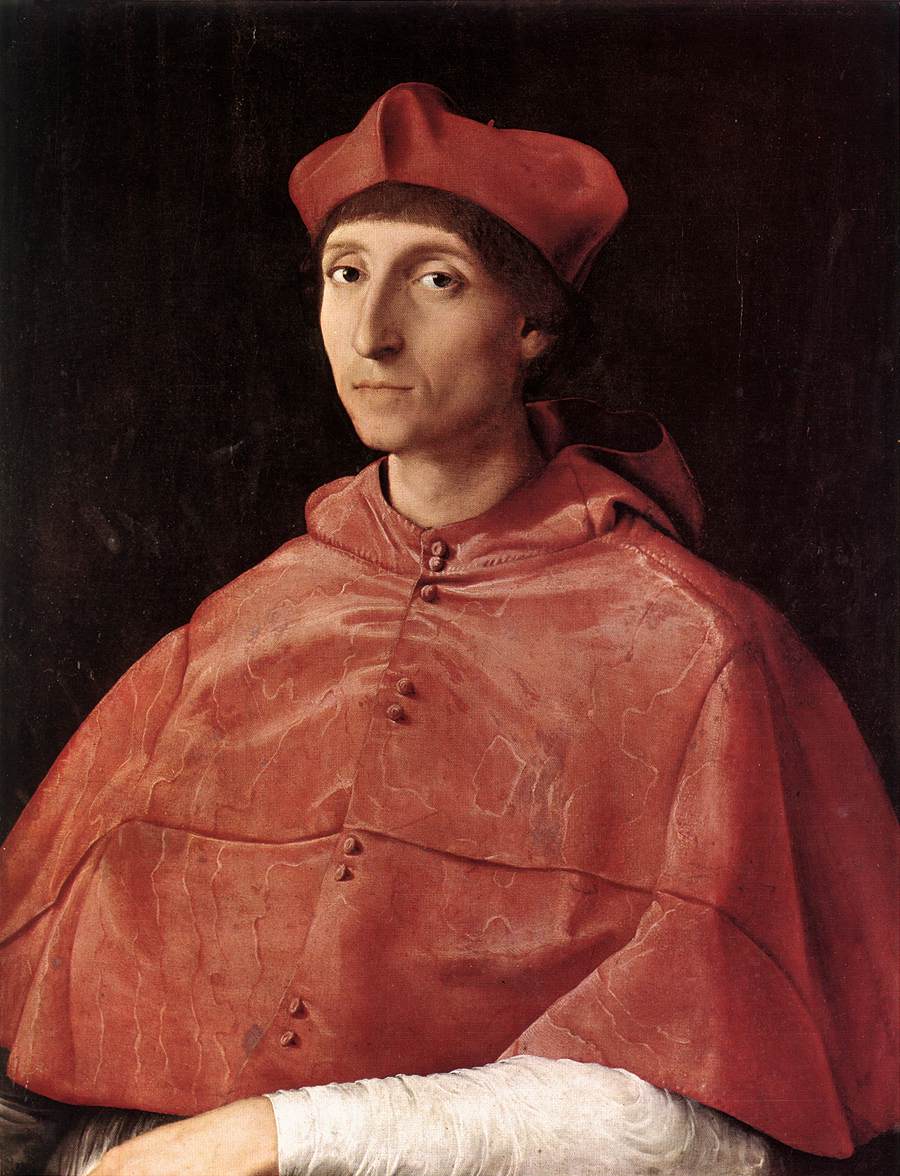
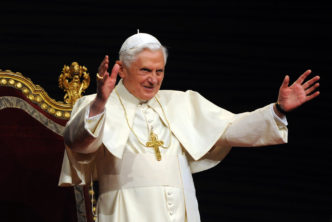
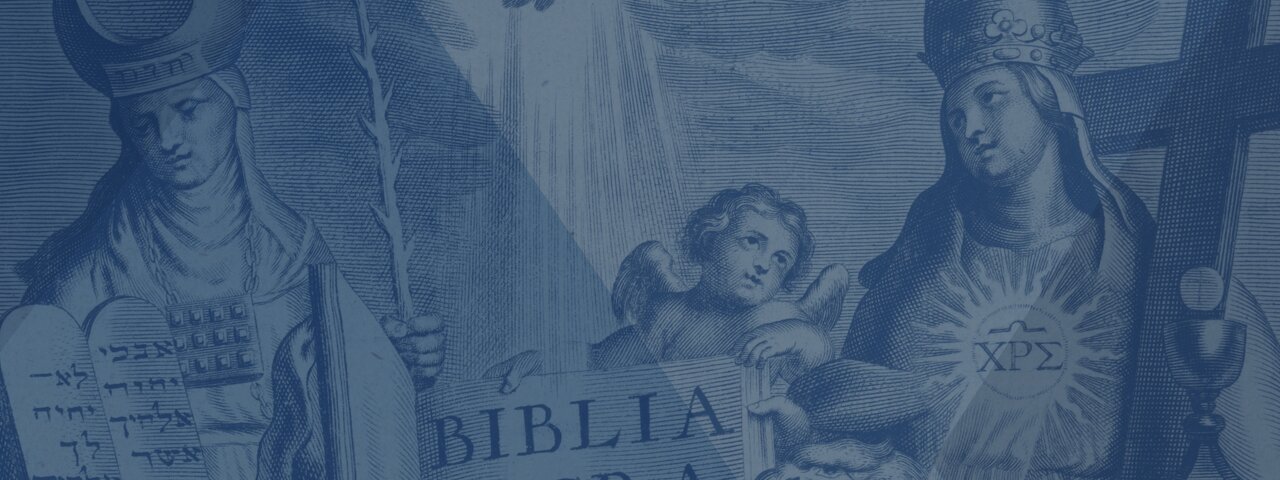
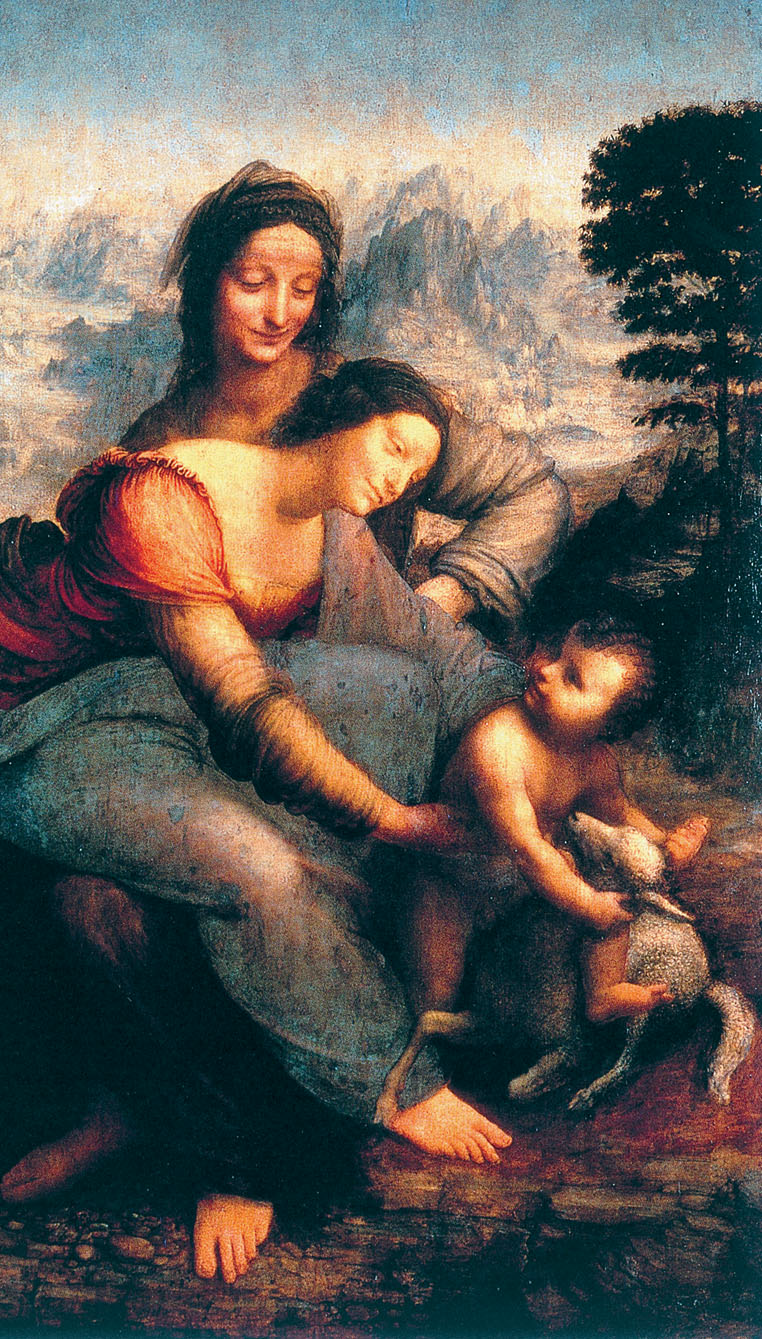
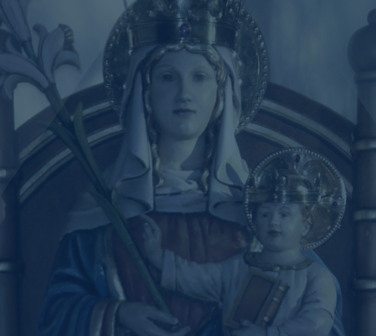
Great articles Andrew. I thought “Ubi Periculum” would be a timely reading. I searched for an English translation of it in Verbum but couldn’t find it. How is Logos going to rectify the situation? 😉
Ok I found it in the Disciplinary Decrees of the General Councils; my bad. Latin text: logosres:discplndecreestext;ref=CanonsOfTheEcumenicalCouncils.Ly._II,_Canon_2
English text: logosres:discplndecrees;ref=CanonsOfTheEcumenicalCouncils.Ly._II,_Canon_2
I’m glad you found it. In Here they are as hyperlinks: in English and Latin. And, yes, it is a very timely reading. Thanks for asking (and sharing)!
This very brief overview by Dr. Jones on the History of Papal Resignations has been very illuminating and helpful. The context for the changes in the Papacy surrounding Benedict IX in Part II were facinating. That is not to diminish the other details he presents Part I and Part III. Obvioulsly I’ve been under-appreciating Dr. Jones’ academic contributions to Logos. I am looking forward to the next installment…whenever that comes. Well done!!!
Blessings,
Steve
Excellent series!